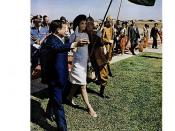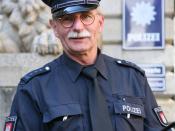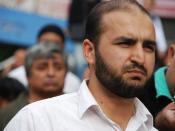"Even the most expert, subtle forms of racial profiling are imperfect, discriminatory, morally dubious, but probably necessary tools that one hopes are a temporary means to a desirable outcome," says Kurt Andersen, a columnist for New York magazine. Racial profiling and police brutality are not synonymous terms. Being especially alert to someone based on their appearance is biased, but does not have to become a violent or traumatizing event. Underneath layers of cultural taboo, racial profiling can be used effectively for identifying potential wrongdoers.
A 28-year old black man fails to signal for a turn. He is pulled over by a police officer. James Perez, the driver, is subsequently shot in the chest three times and then tasered twice for three minutes overheating the device (Busse). This unarmed man never even removed his seat belt. It is quite likely that if this man were white, he would never have been pulled over in the first place.
Many studies have shown the disproportionate rate of minorities being ticketed for minor traffic violations. In particular, Portland police have a bad record of inequality towards minorities. However, it is not due to racial profiling that Perez met with such detestable aggression. Though it has not been established what actually happened that day (one side has been silenced forever) it is not what profiling supporters have in mind.
Kurt Andersen believes that judging people on their appearance is an involuntary action. "It's mostly a benign, idle urban pastime, rarely a matter of threat assessment: We look and we speculate-based on manner, age, sex, height, weight, and ethnicity-about who that other person is. Each of us applies a customized judgmental algorithm to everyone else, and race is inevitably part of the calculus." Law enforcement also make use of these external clues since they are not...


